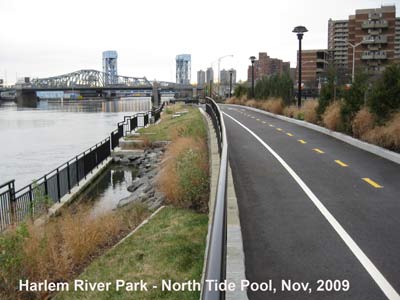 One of the most dramatic meetings of city and water occurs in my hometown of Chicago. Here an endless parade of skyscrapers marches along the lakefront, making it clear where city residents prefer to live--as close to the water as possible. However, one thing I took for granted while growing up there was the long ribbon of green parks that buffers the lake and the city from each other, while providing a wonderful open space to enjoy the water and those infamous Chicago breezes.
One of the most dramatic meetings of city and water occurs in my hometown of Chicago. Here an endless parade of skyscrapers marches along the lakefront, making it clear where city residents prefer to live--as close to the water as possible. However, one thing I took for granted while growing up there was the long ribbon of green parks that buffers the lake and the city from each other, while providing a wonderful open space to enjoy the water and those infamous Chicago breezes.
As Richard Louv points out in his new book, The Nature Principle, that “the more high-tech our lives become the more we need nature—for our physical, psychological, and spiritual health, as well as our ability to think clearly and creatively.” Not only will increased exposure to the water do us good, but it might do the water some good also. The EPA estimates that 28 percent of the U.S. coastal zone waters are impaired for aquatic life and 22 percent are not suitable for fishing or swimming. Our June cover story introduces two heroes of successful waterfront development, Richard Toussaint and Sylvia McLaughlin, but we can’t just rely on advocates like them to care about waterfronts for us. All of us need to be involved to effectively fight runoff, invasive species, and pollution--including air and noise pollution, which also affect aquatic life.
Places like Harlem River Park, Berkeley Meadow, and Juanita Beach are providing a necessary interface between people and the water. That they can do that while at the same time providing a home for shoreline wildlife ranging from algae to salmon to shore birds is a testament to the dedication of their advocates, the community as a whole, and the park agencies. Waterfronts may be home to many of us, but parks are helping to make room for nature too.
Elizabeth Beard is the Managing Editor for Parks & Recreation magazine.

